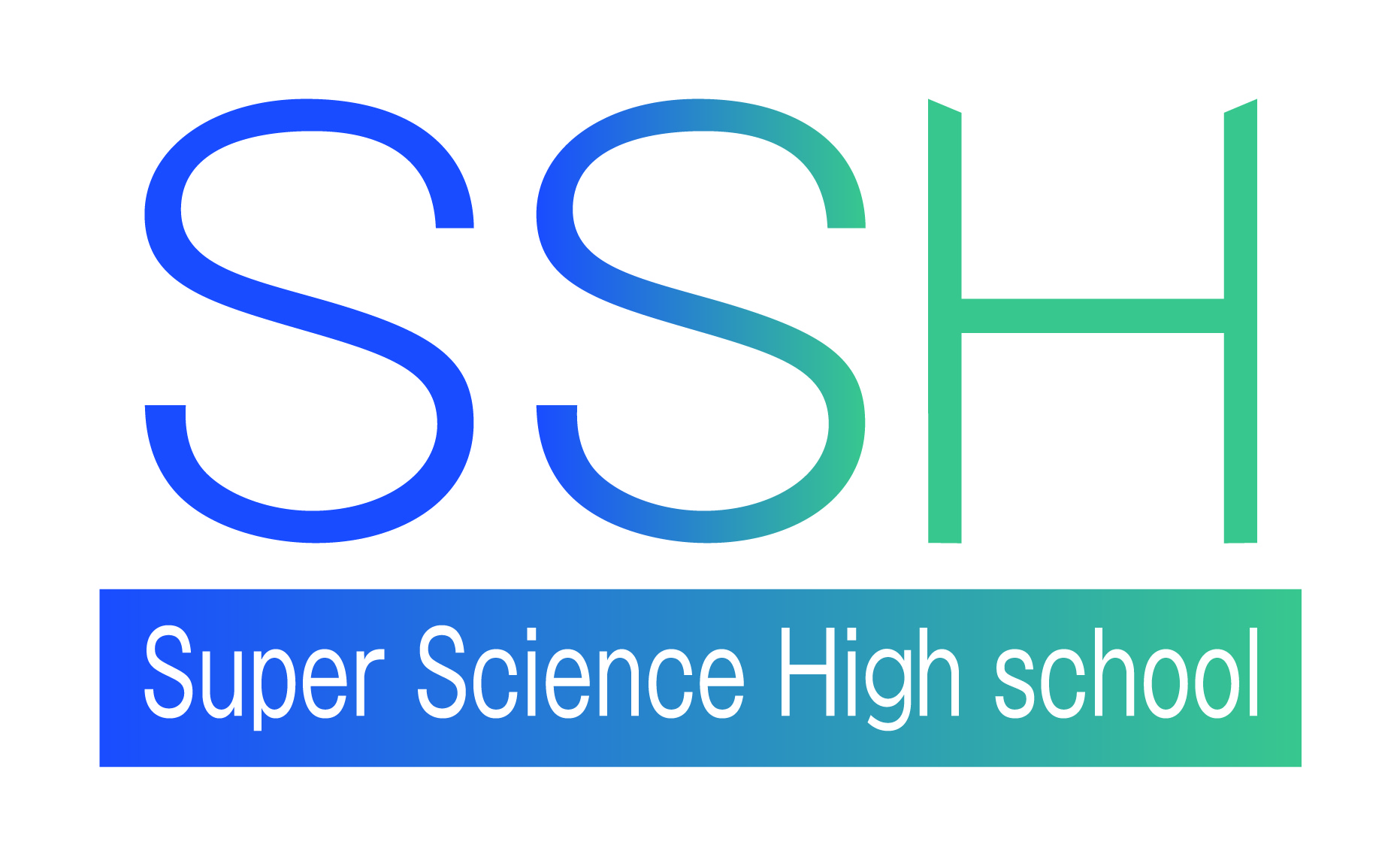(概要) 理科の見方・考え方を働かせた探究「マグマの性質と火山の形」の指導
日本の理科教育は,今まで探究の過程に基づいた学習を大切にしてきた。平成29年告示学習指導要領においても探究の過程に基づいた学習の充実が示され,併せて理科の見方・考え方等のキーワードも示されている。充実とは具体的に何を意味するのか,理科の見方・考え方を働かせるとは何か,理科の見方・考え方をなぜ評価対象としないのか。これらの問いを踏まえながら,中学校理科第1学年「マグマの性質と火山の形」を一例に取り上げ,生徒が理科の見方・考え方を働かせながら問題を見いだして課題・仮説を設定する場面に焦点を当てた指導計画を検討し,授業実践を行った。
(abstract) Teaching Strategies for Exploring Nature Using Scientific Perspectives and Thoughts: An Example of Learning to Examine the Relationship between Magma Properties and Volcanic Shapes
In science education in Japan, it has been important for students to learn about natural phenomena through exploration. The Japanese Course of Study, revised in 2017, also emphasizes exploratory learning in science. However, the course has been revised to systematically develop students’ ability to explore using scientific perspectives and thinking. Therefore, this article examined how to develop a teaching strategy, taking as an example an inquiry into the relationship between the properties of magma and the shape of volcanoes. Specifically, the students themselves identified problems with the relationship between the nature of magma and the shape of volcanoes and drafted a teaching plan that allowed them to establish issues and hypotheses. The instructional plan showed the students the knowledge and concepts they would need ahead of identifying problems, and by comparing and correlating volcanic events, they learned the practical conditions: the relationship between magma properties and volcanic shapes. By conducting classes based on this teaching plan, students were able to set tasks and hypotheses regarding the relationship between the properties of magma and the shape of volcanoes, and to design model experiments to verify the hypotheses.


 Home
Home
